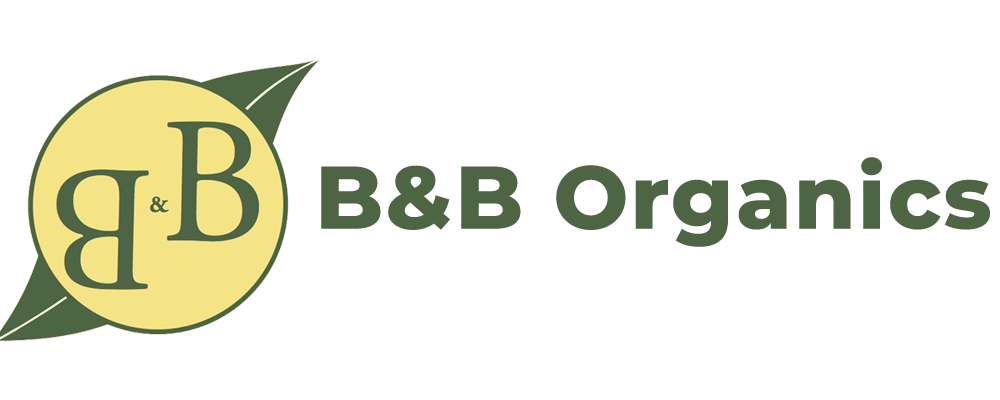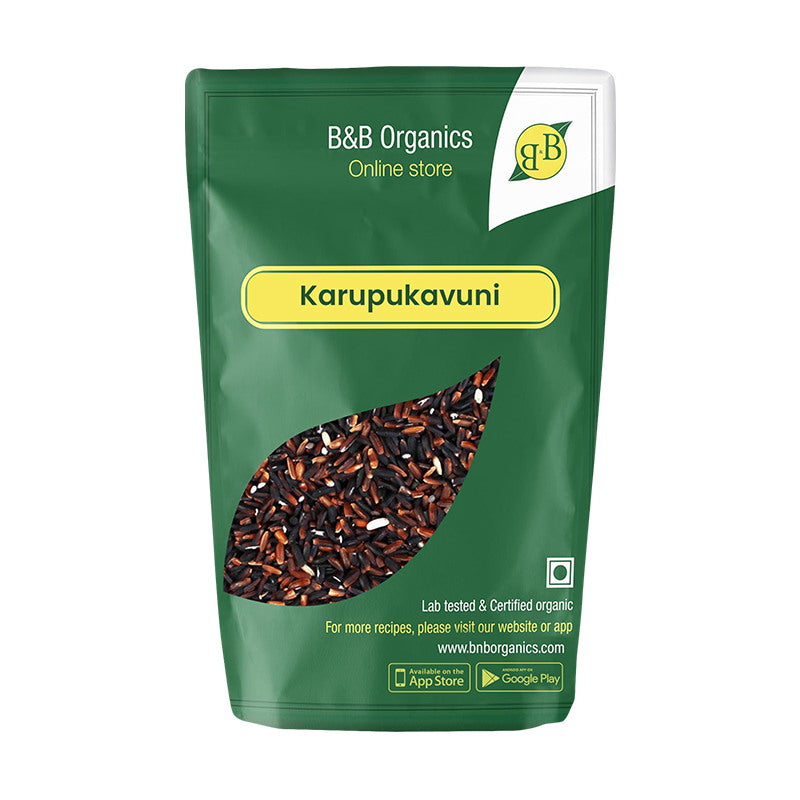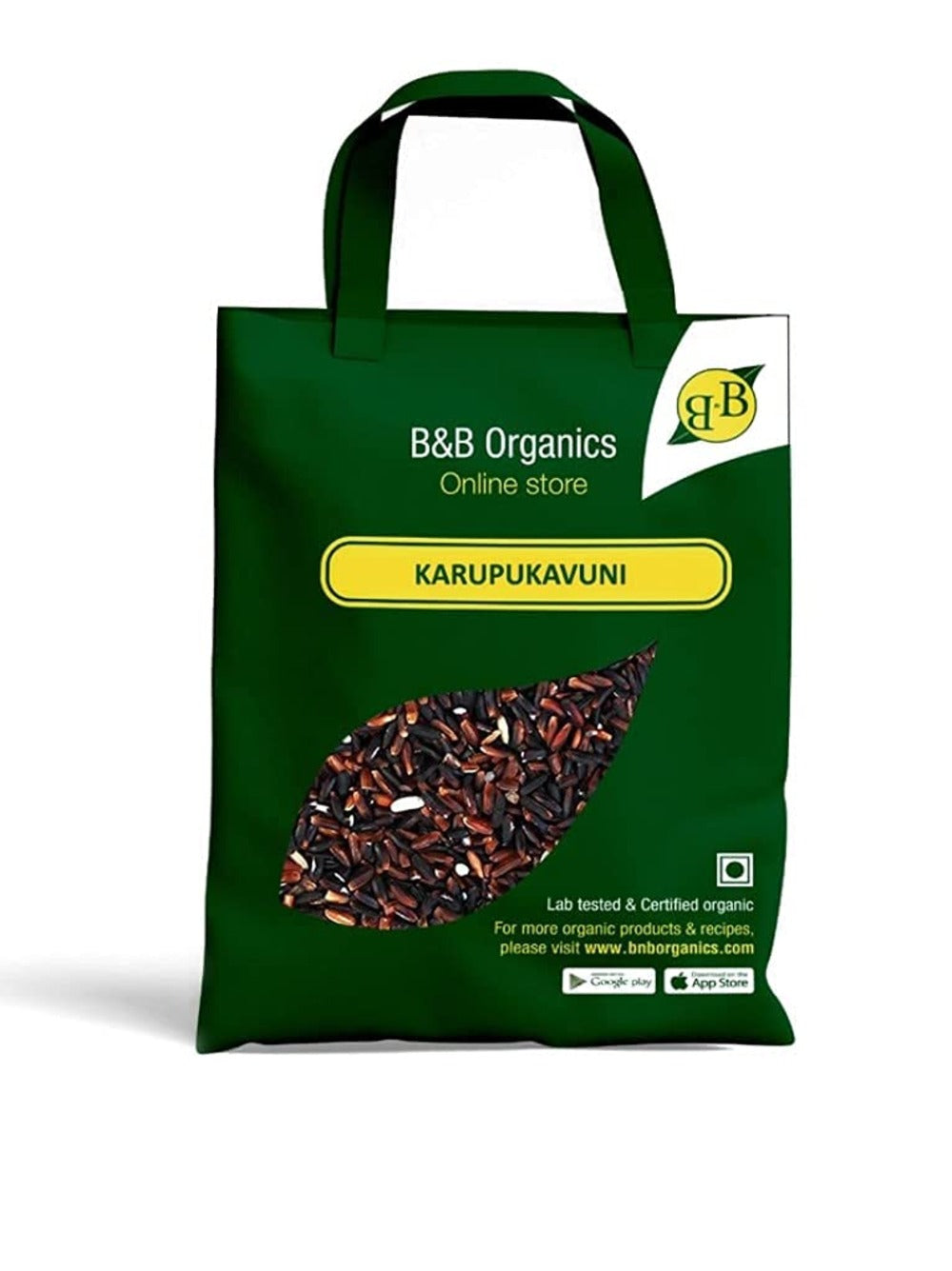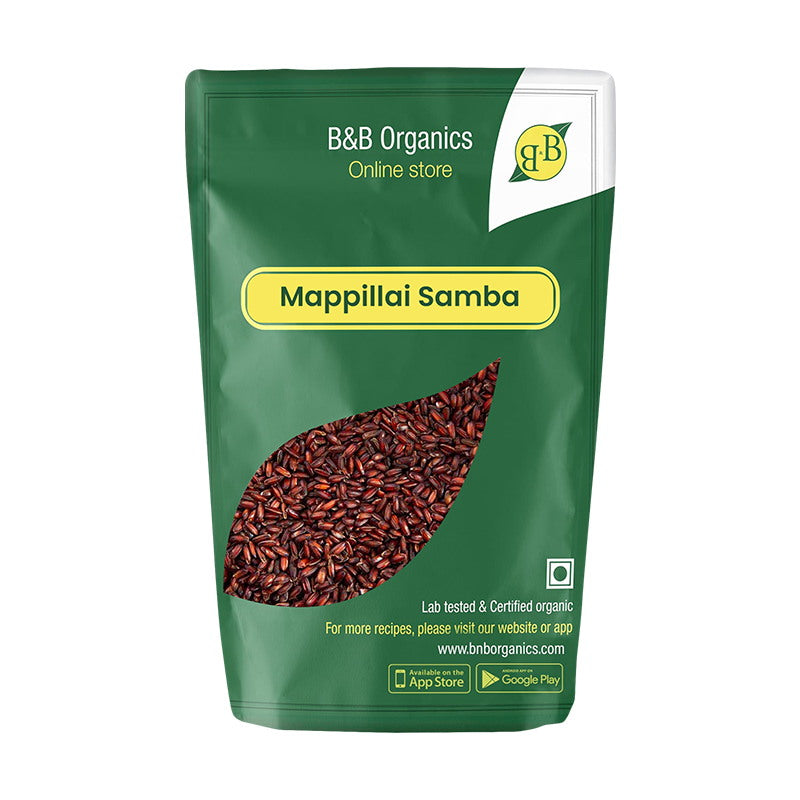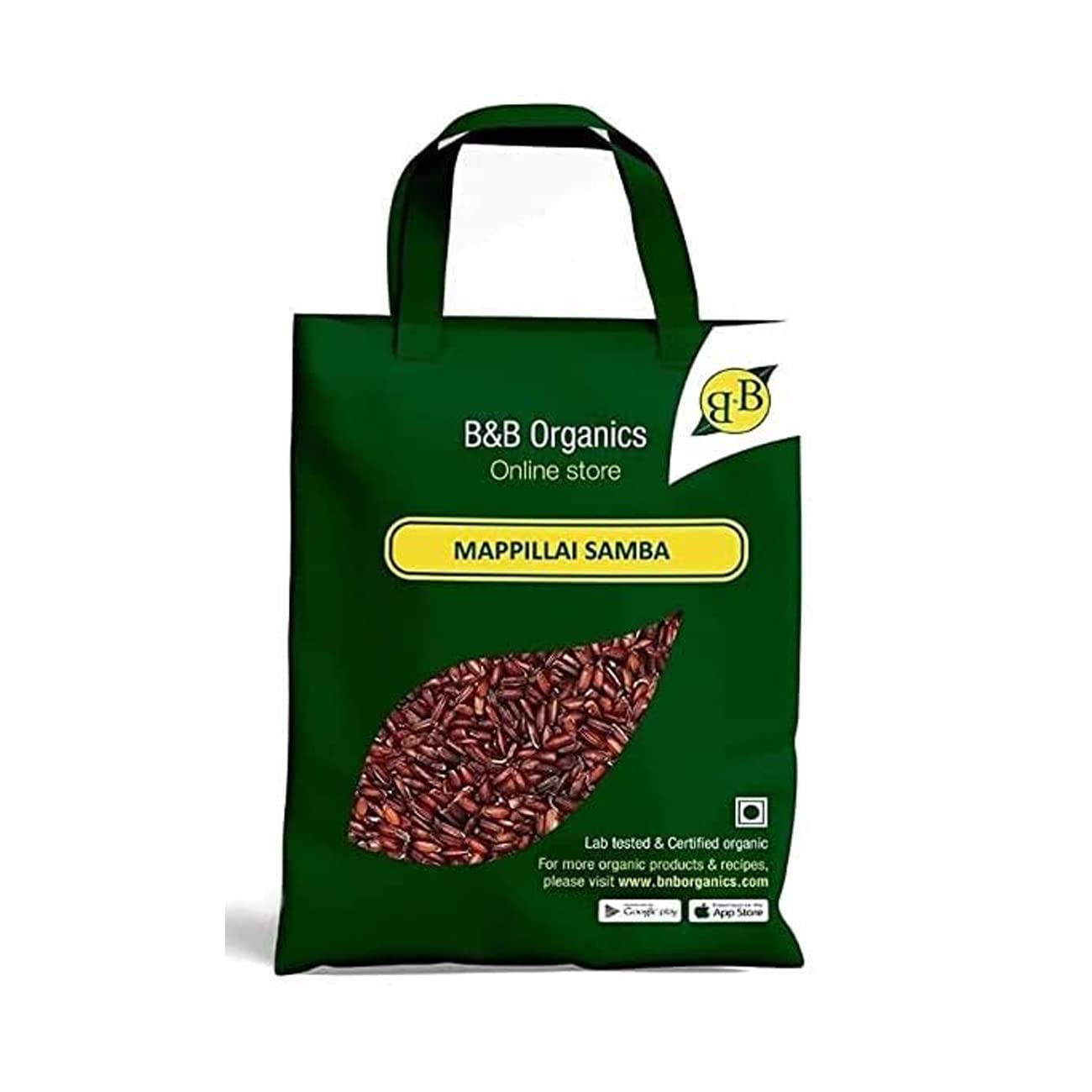Foxtail millet, a staple in many parts of the world, has gained popularity due to its nutritional value and versatility. One of the most common ways to consume foxtail millet is in the form of flakes, which are becoming a popular alternative to traditional breakfast cereals. In this article, we will compare foxtail millet flakes with traditional cereals, examining their nutritional content, health benefits, and environmental impact.
Foxtail millet flakes are made from foxtail millet, a small, nutrient-rich grain that is gluten-free and easy to digest. Foxtail millet is rich in protein, dietary fiber, and

essential minerals such as iron, magnesium, and phosphorus. It is also a good source of antioxidants and vitamins, including vitamin B and vitamin E. Foxtail millet flakes are often fortified with additional nutrients, making them a nutritious choice for breakfast.
Traditional cereals, on the other hand, are often made from refined grains and contain added sugars, preservatives, and artificial flavors. While some traditional cereals are fortified with vitamins and minerals, they may not provide the same level of nutrition as foxtail millet flakes. Additionally, traditional cereals can be high in calories, sugar, and unhealthy fats, which can contribute to weight gain and other health issues.
One of the main advantages of foxtail millet flakes is their nutritional value. They are a good source of complex carbohydrates, which provide sustained energy throughout the day. They are also low in fat and calories, making them a healthy choice for weight management. Foxtail millet flakes are also gluten-free, making them suitable for people with gluten sensitivities or celiac disease.
In addition to their nutritional benefits, foxtail millet flakes are also environmentally friendly. Foxtail millet requires less water and pesticides to grow compared to other grains, making it a more sustainable option. Foxtail millet also has a short growing season, which means it can be grown and harvested quickly, reducing its impact on the environment.

Foxtail millet flakes can be enjoyed in a variety of ways. They can be eaten plain with milk or yogurt, or mixed with fruits, nuts, and seeds for added flavor and nutrition. Foxtail millet flakes can also be used as a topping for salads, soups, and desserts, adding a crunchy texture and nutty flavor.
In conclusion, foxtail millet flakes are a nutritious and environmentally friendly alternative to traditional cereals. They are rich in protein, fiber, vitamins, and minerals, making them a healthy choice for breakfast. Foxtail millet flakes are also gluten-free and easy to digest, making them suitable for people with dietary restrictions. Consider incorporating foxtail millet flakes into your diet for a delicious and nutritious breakfast option.
